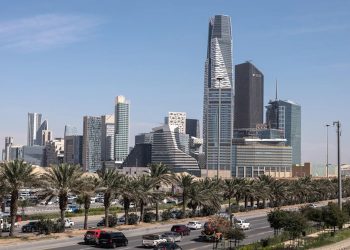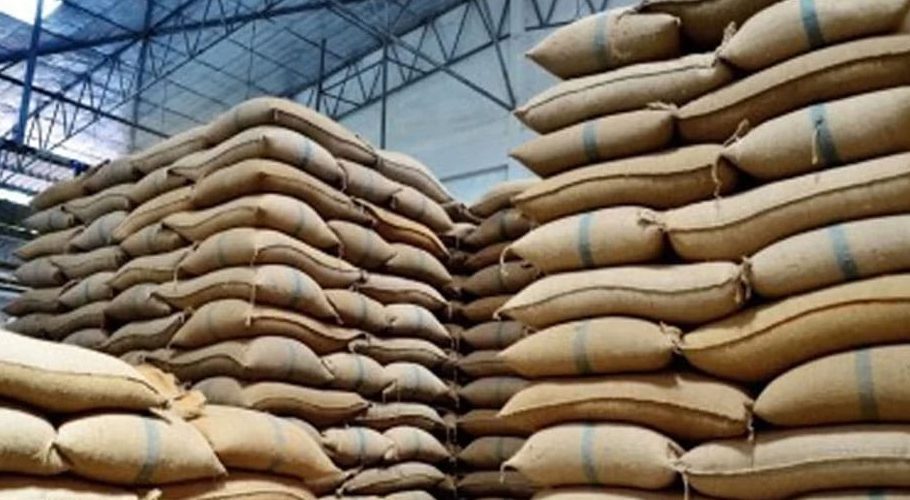LONDON: Britain’s national weather service said Saturday was also the sixth day in a row the country has recorded a temperature above 30 C, well above average for the time of year.
The Met Office said last week that Britain had experienced its eighth warmest summer since 1884, with June the hottest on record in the country. A wet July and a mixed August followed.
In July 2022, Britain recorded its hottest-ever day when temperatures topped the 40 C mark for the first time.
The heatwave in England and Wales is the first time since records began that temperatures have been higher than 30C for five days in a row in September, according to the Met Office.
Previously the highest temperature of the year had been set on Thursday, with 32.6C recorded in Wisley, Surrey.
While much of the UK has been sunny, forecasters have said there is an “increasing signal for a thundery breakdown for some later in the weekend”.
The UK Health Security Agency has issued an amber heat health alert, meaning weather impacts are likely to be felt across the health service, with those aged above 65 or those with pre-existing respiratory or cardiovascular disease at greater risk.
A yellow warning issued by the Met Office spans east Wales, Yorkshire, Lincolnshire, Manchester, Nottingham and Oxford, and will be in place from 2pm to 9pm.
The same warning has been issued for Sunday covering Northern Ireland, northern parts of England and Wales as well as southern Scotland between 2pm and 11.59pm.
The warning means some people could be in store for some flash flooding, lightning strikes, hail or strong winds, with possible interruptions to road access and public transport if such circumstances were to occur.
London mayor, Sadiq Khan, issued a “high” air pollution alert for the capital for Saturday, the first since June, and urged Londoners to stop their engines idling and refrain from burning wood or garden waste.
The UK is expected to return to cooler weather next week with a mix of sunshine, showers, and some windy conditions likely as temperatures go back towards the average for the time of year.




































